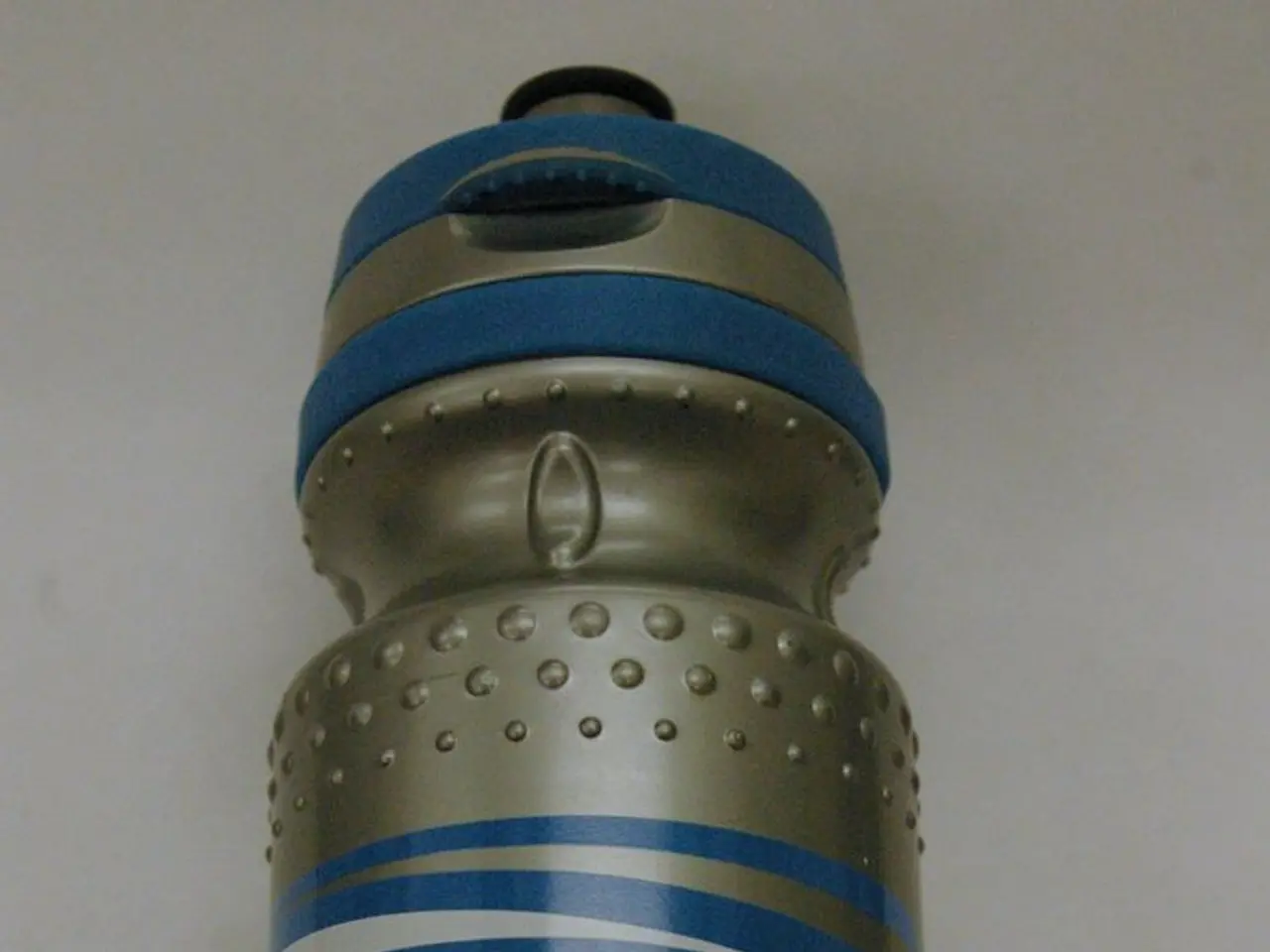Testing for allergies: Techniques and findings
In the world of allergies, identifying the root cause can be a crucial step towards managing symptoms and improving quality of life. Allergies, which can be triggered by various factors such as food, animals, dust mites, pollen, fungi, certain medications, and venom from insect stings, can cause a range of symptoms including itching, watery eyes, rash, runny nose, sneezing, nasal or sinus congestion, difficulty breathing, and more.
When it comes to professional allergy testing, there are several methods available. The skin prick test, a common method used by doctors, involves a series of potential allergens being pricked along a person's forearm to allow the allergen to penetrate the skin. This test can identify allergens that cause rhinitis, asthma, conjunctivitis, eczema, suspected food or drug allergies, and venom allergies following insect stings. If the skin prick method does not produce a strong result, an intradermal test may be the next step, where a doctor uses a syringe to inject the potential allergen under the skin.
On the other hand, a patch test is used when the suspected allergen has a delayed response, such as contact dermatitis. In this test, a doctor places a patch containing a sample of the proposed allergen on a person's back, where it remains for about 48 hours, and assesses for an allergic reaction. Blood tests, such as the RAST or specific IgE, measure allergen-specific antibodies in the blood and are useful when skin tests cannot be performed or other methods are unsafe or inconvenient.
Lastly, a challenge test, where the patient is exposed to the allergen orally or via inhalation under medical supervision, is the most definitive test for food or drug allergies but carries a higher risk and is done only when necessary and safe.
It is important to note that home allergy testing kits are generally discouraged due to concerns about reliability, safety, and lack of expert interpretation. Professional tests are conducted under medical supervision to ensure safety, especially since allergen exposure can provoke serious reactions.
Recurring symptoms suggestive of an allergy should prompt a person to see a doctor for an allergy test. The doctor uses a medical examination, a person's history, and geographic surroundings to select allergen samples for the skin prick test. If there is an allergic response, the skin may show signs of redness and swelling in the affected area. The results from these tests can help a doctor work out a treatment plan, which may involve immunotherapy, a long-term treatment that can take 3-5 years and use several methods of exposure.
In conclusion, while allergies are not usually preventable, management often involves avoiding the allergen as much as possible. Understanding the different types of allergy tests available and their uses can help individuals take control of their allergies and improve their overall health and wellbeing.
An allergist may use a blood test like RAST or specific IgE to measure allergen-specific antibodies in the blood when skin tests cannot be performed or other methods are unsafe or inconvenient, contributing to the broader approach towards mental-health and health-and-wellness. Home allergy testing kits are typically discouraged due to concerns about their reliability and lack of expert interpretation, emphasizing the significance of professional tests conducted under medical supervision for accurate diagnosis and treatment.




